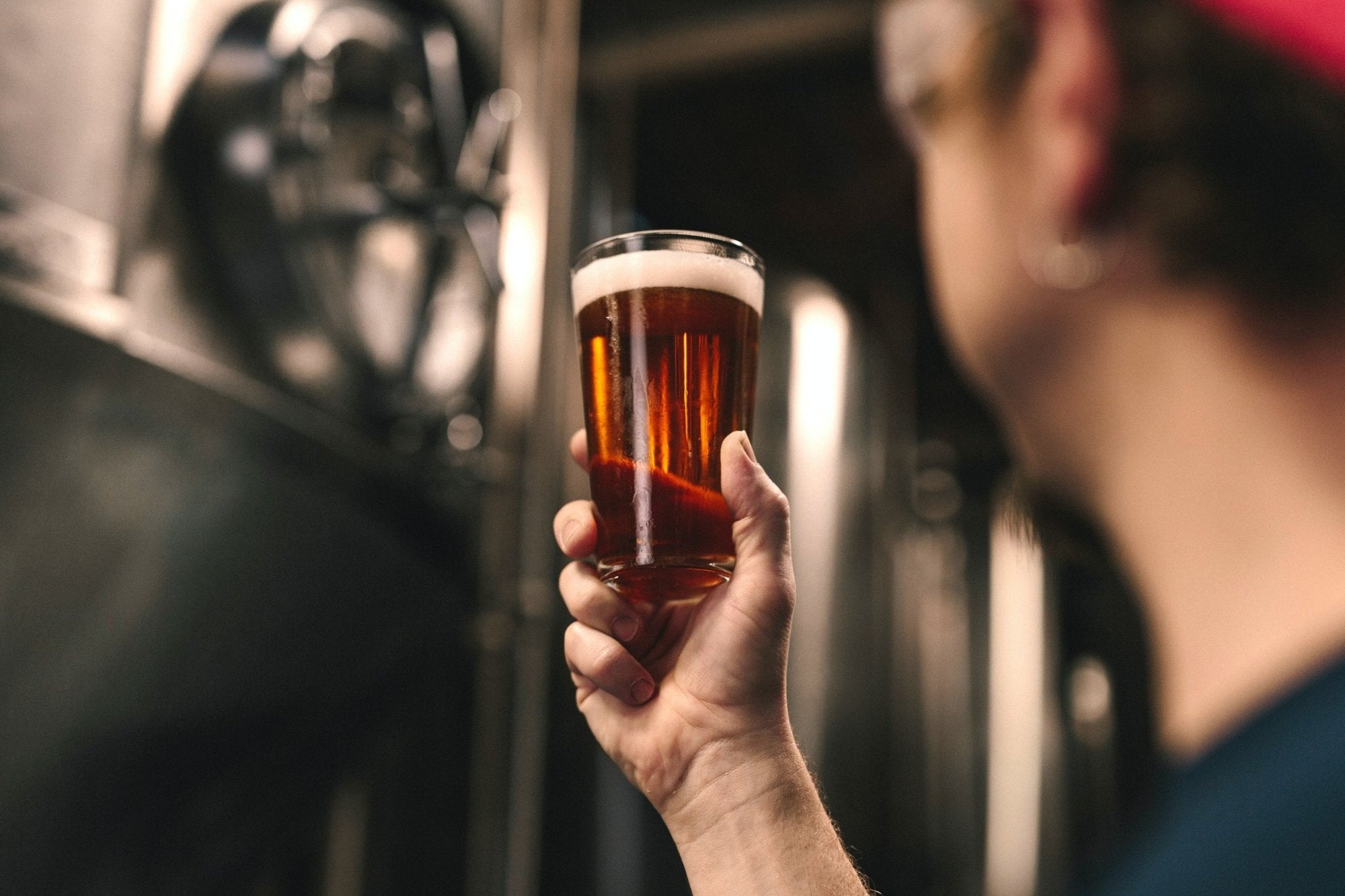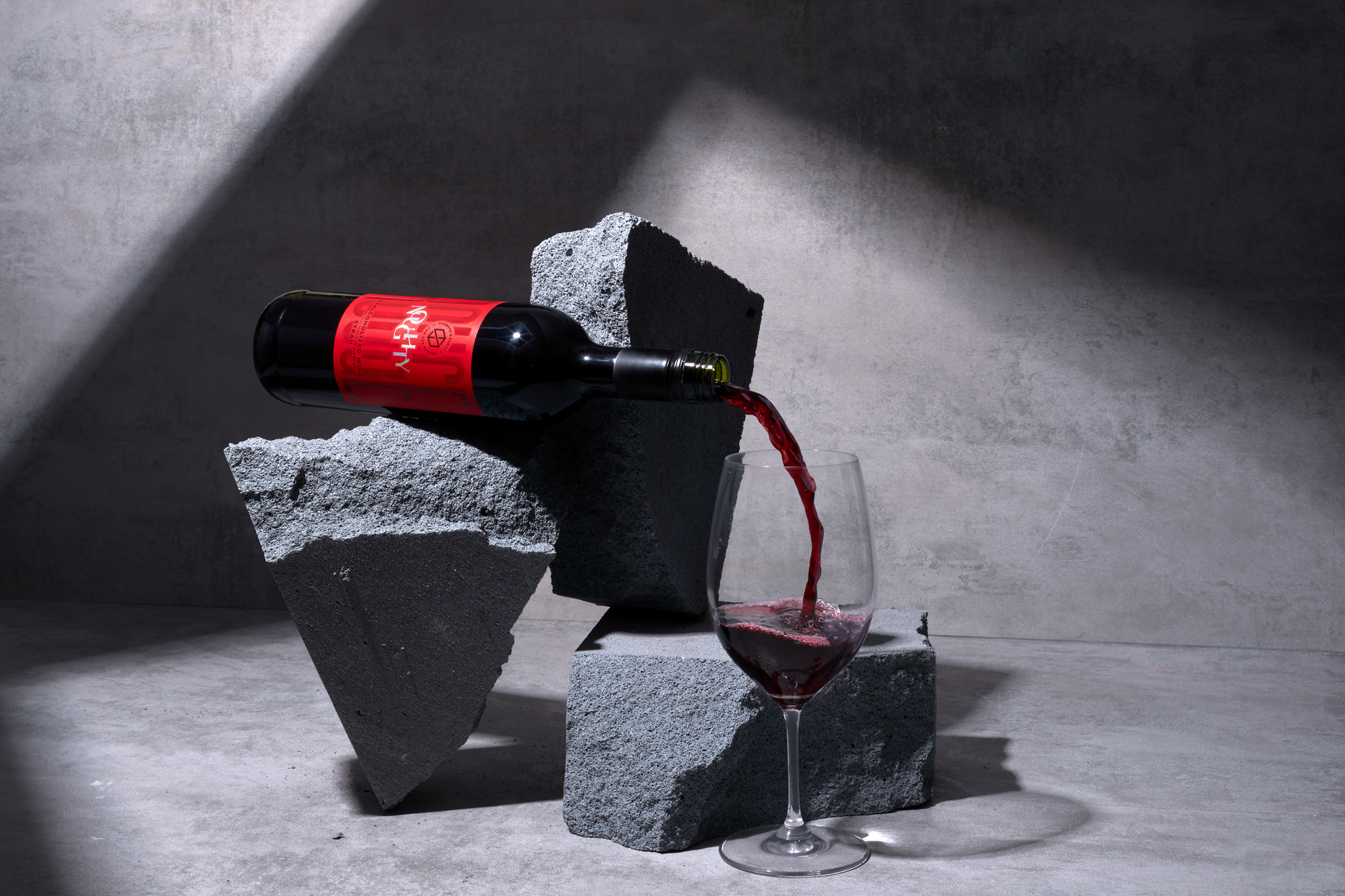How the Non-Alcoholic Beer Landscape Has Changed
Remember when O'Doul's was the only option for non-alcoholic beer? It sat in the back of the refrigerator section, the lone cousin of the huge variety of alcoholic beers that surrounded it. It stood in well for a light, easy drinking beer, but it wasn't a flavor most people pursued. And the idea of a non-alcoholic IPA? That didn't even seem possible.
Non-alcoholic beers have come a long way since those days in the mid-nineties. Today, we have a whole new problem: the enormous selection makes it hard to choose which one to enjoy! Head down the aisles at your nearest Boisson location or into the online store, and you will find light beers, dark beers, IPAs, ciders... but we have to ask, how are all of these varieties even made?
There are some historic methods. Low-alcohol beers have always been an important part of human history, since times when people would keep kegs of "small beer" in lieu of water due to safety concerns around keeping safe drinking water. Small beer is made from taking grain through a second mashing process, because these seconds produce less sugar for the yeast to consume. This reduction in sugar also reduces the calorie count in the finished product.
Today, brewers have researched and developed much more refined processes for taking non-alcoholic beer to the next level in terms of taste and creating specific varieties, like IPAs.
How is beer made to begin with?
Non-alcoholic beer and traditional counterparts all start in the same way.
The flavors of a non-alcoholic beer, such as an Indian Pale Ale, are developed from fermenting and developing a grain through the traditional brewing process for alcoholic beers:
-
Soak and mash a combination of grains in hot water.
-
Remove the grains from the water, which now has the sugars that the yeast will consume later.
-
Boil the grain soak; at a certain point, add malt and hops. IPAs get periodic, strategic (and often proprietary) additions of hops that will define their unique flavor and texture.
-
Now you have a wort, which includes many of the core ingredients that will compose the flavor of your IPA, though there's no alcohol yet.
-
The wort now needs to be chilled, diluted, aerated, and the yeast needs to be added to ferment the beer.
Fermentation is where the beer becomes alcoholic, but it's also where all the core ingredients develop their complex flavor. In an IPA, limiting the beer's exposure to oxygen as much as possible will further develop the distinct flavor profile and scent of an IPA.
Since a non-alcoholic beer needs the flavor of the fermentation process, but not the alcohol, this step is where things can get confusing. After all, how does one create a non-alcoholic or alcohol-free beer, if fermentation provides a lot of the beer's flavor? How do non-alcoholic craft beers have the flavor and richness of an alcoholic beer, if the fermentation process, where the alcohol enters the game, is also what we need to prevent?
The Non-Alcoholic Beer Making Process

There are basically two variations on the brewing process which create NA beer: restrict the creation of the alcohol during the actual making of the beer, or remove the alcohol afterwards. There are pros and cons to each: sometimes when restricting the formation of alcohol while the beer is being developed can restrict the proper range and diversity of flavor, while removing the alcohol after can remove some of the flavors. Thus, a huge variety of approaches have been developed for both of these methods.
Methods for preventing alcohol production in non-alcoholic beer:
These methods are great, because they allow brewers to use the facilities they already have; there are few additional equipment requirements.
Arrested fermentation
This involves a reduction of fermentable sugars in the wort, so the yeast has less to work with, and the fermentation process can be kept to a lower temperature, thus reducing the amount of alcohol produced. Reducing the amount of fermentable sugars in the mash and wort is accomplished by lowering the temperature of the hot water in the mash. In this process, the non-alcoholic beer is produced in almost the same manner as the original beer.
Cold Fermentation
Because alcohol develops in the fermentation process only when the beer and yeast are allowed to reach temperatures over 60 degrees, if brewers bring the temperature of the brewing process down rapidly, this allows fermentation for flavor development without allowing alcohol to develop, as it would with regular beer.
Interrupted fermentation
If the yeast is not allowed to complete its process, the alcohol content goes down significantly. By removing the yeast at a certain point in the process, the brewer achieves traditional flavor in a non-alcoholic beer.
Yeasts
By using a special yeast, brewers can create the taste of a traditional great beer, without the same alcohol production. New yeasts have been developed in recent years to create non-alcoholic beer by only fermenting some of the sugars in the wort. By controlling both the sugar production and the yeast strain while creating non-alcoholic beer, the flavor can be developed, but in a non-alcoholic fashion.
No fermentation
This is common in Islamic countries and cultures, where all alcohol is prohibited. It can result in very sweet, dessert beers. Completely alcohol-free beer can be produced through alternate yeasts and simulated fermentation.
Methods for removing alcohol to create non-alcoholic beer:
These processes all require additional equipment and can be quite expensive, but create an interesting, full-bodied flavor in a non-alcoholic beer.
Vacuum evaporation
Involves the application of heat under vacuum pressure in a series of tubes to create non-alcoholic beer. This allows for relatively low heat, as low as 98 F, so it's less destructive of the flavor elements that add to the character of the beer. Dealcoholizing usually happens when alcohol reaches temperatures above 170 F. But at that temperature, some of the components of alcoholic beer that produce the flavor and complexity can also be degraded. Vacuum evaporation at this lower temperature can preserve the craft beer flavor.
Vacuum distillation
Works similarly to evaporation, except that to create non-alcoholic beer through this process, a heat plate is used at a slightly higher temperature. First, the flavor compounds are distilled out, to be returned later; then, the beer reaches a temperature, where the alcohol evaporates –– around 105 under vacuum distillation conditions. The now non-alcoholic beer's temperature is reduced immediately, to prevent cooking out more flavor compounds. Then, all of the compounds removed from the beer are returned, and it's diluted back to obtain a flavor that reflects the taste of an alcoholic beer.
Membrane Filtration
Membrane filtration is used primarily with wine, but it has a lot of promise in the world of turning alcoholic beer into non-alcoholic beer. These filters hold the flavor components and non-alcoholic beer on one side, while the alcohol and water go through the membrane. Both this method and reverse osmosis are preferable for crafting non-alcoholic beer, because the temperatures do not change the flavor.
Reverse osmosis
Reverse osmosis is a similar process to membrane filtration, except that the liquid is forced through the membrane under pressure. Creating NA beer in this way is not a heat process, so none of the flavors are compromised for that reason, but some of the flavor compounds are retained on the membranes.
How IPAs are different from other beers:


IPAs are hoppier and a bit more bitter than traditional lagers and ales. Athletic Brewing Company has a great example of a classic non-alcoholic IPA. Both alcoholic IPAs and non-alcoholic ones can have a hazy texture or they can be quite dry, but as long as oxygen is limited in the final stages, then the hops provide the distinctive flavor of a traditional IPA. They can add something citrusy, tropical and fruity, all the way to something herbal, woody, and spicy. They have a moderate to aggressive bitterness, depending on how they are brewed. People love IPAs because of their complexity and variety; they sit on the palate as both malty and hoppy, with a crisp finish. Non-alcoholic beer can have the full scope of traditionally fermented beer, as you can see with any of the IPAs you can explore with Boisson.
How much alcohol is in NA IPAs?
The only truly alcohol free beers are those that are not fermented at all or use alternative yeasts, like Lagunitas' Hop. Most non-alcoholic beers, however, are less than 0.5%, so they contain trace amounts of alcohol. Another Lagunitas variety, IPNA, falls in this category. If you want a hoppy but not bitter entry point for an IPA, check out Bravus Brewing's Classic IPA. For a fun and citrusy option, try Bravus' Blood Orange IPA. Flying Dog makes another traditional and hoppy non-alcoholic IPA.
Where to Buy Non-Alcoholic Beer
Shop online on Boisson for our complete non alcoholic beer selection. Or, you can visit one of our non-alcoholic drink shop locations in New York, LA, or San Francisco.



